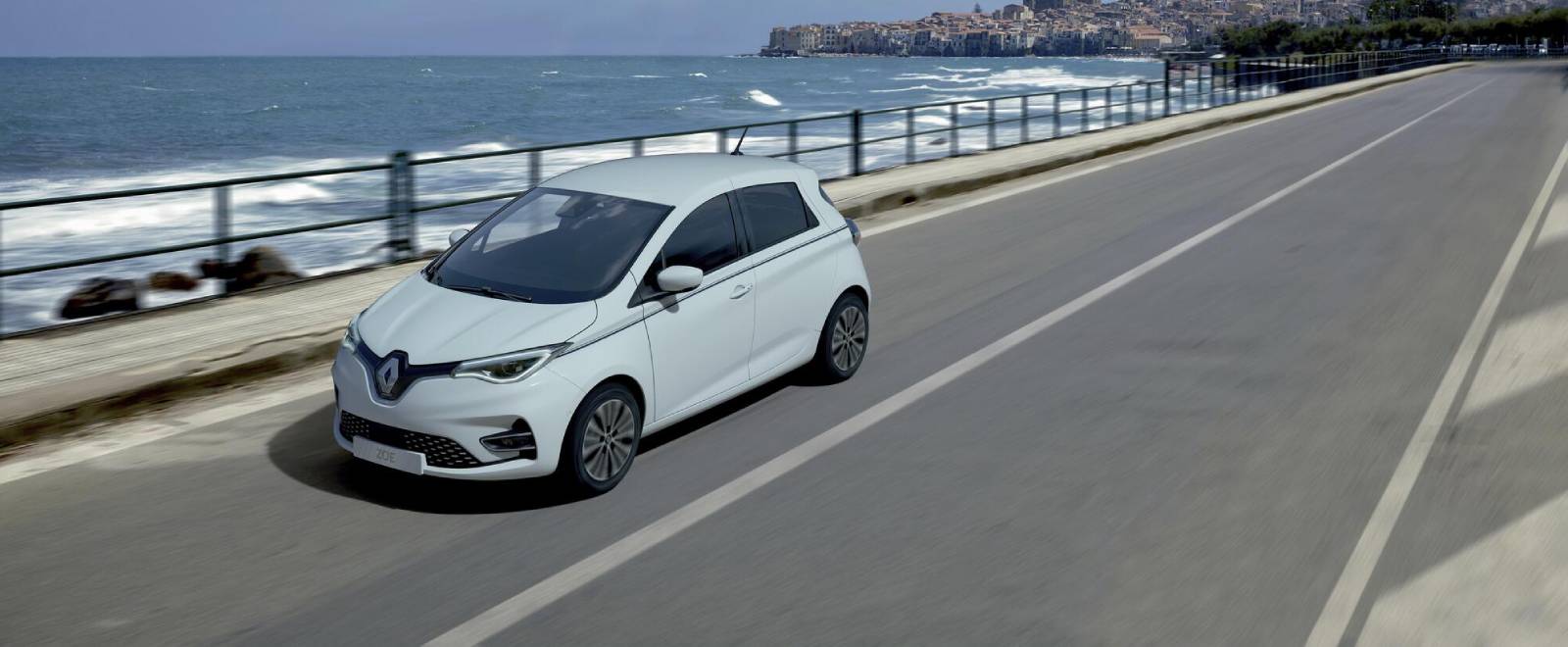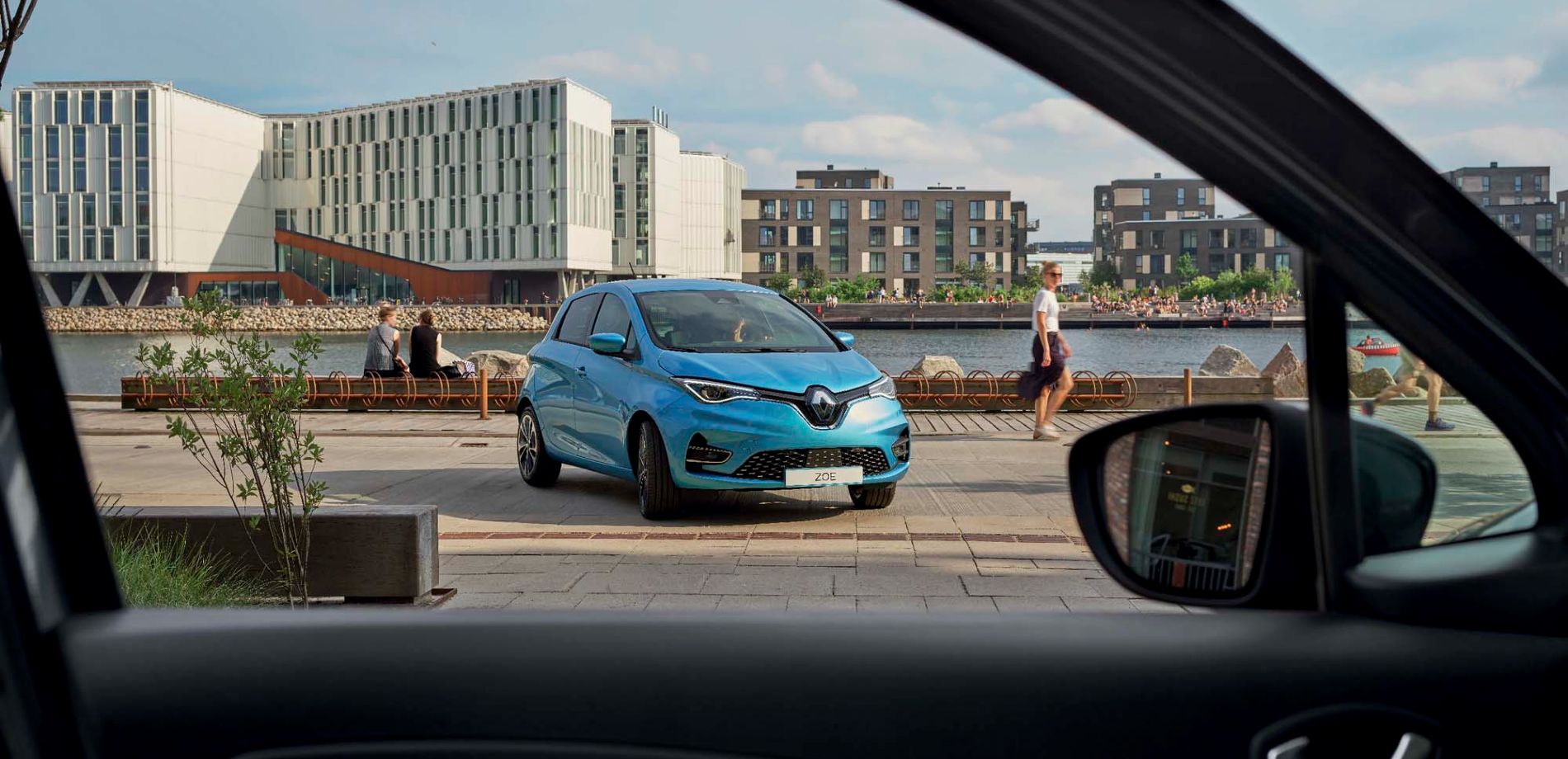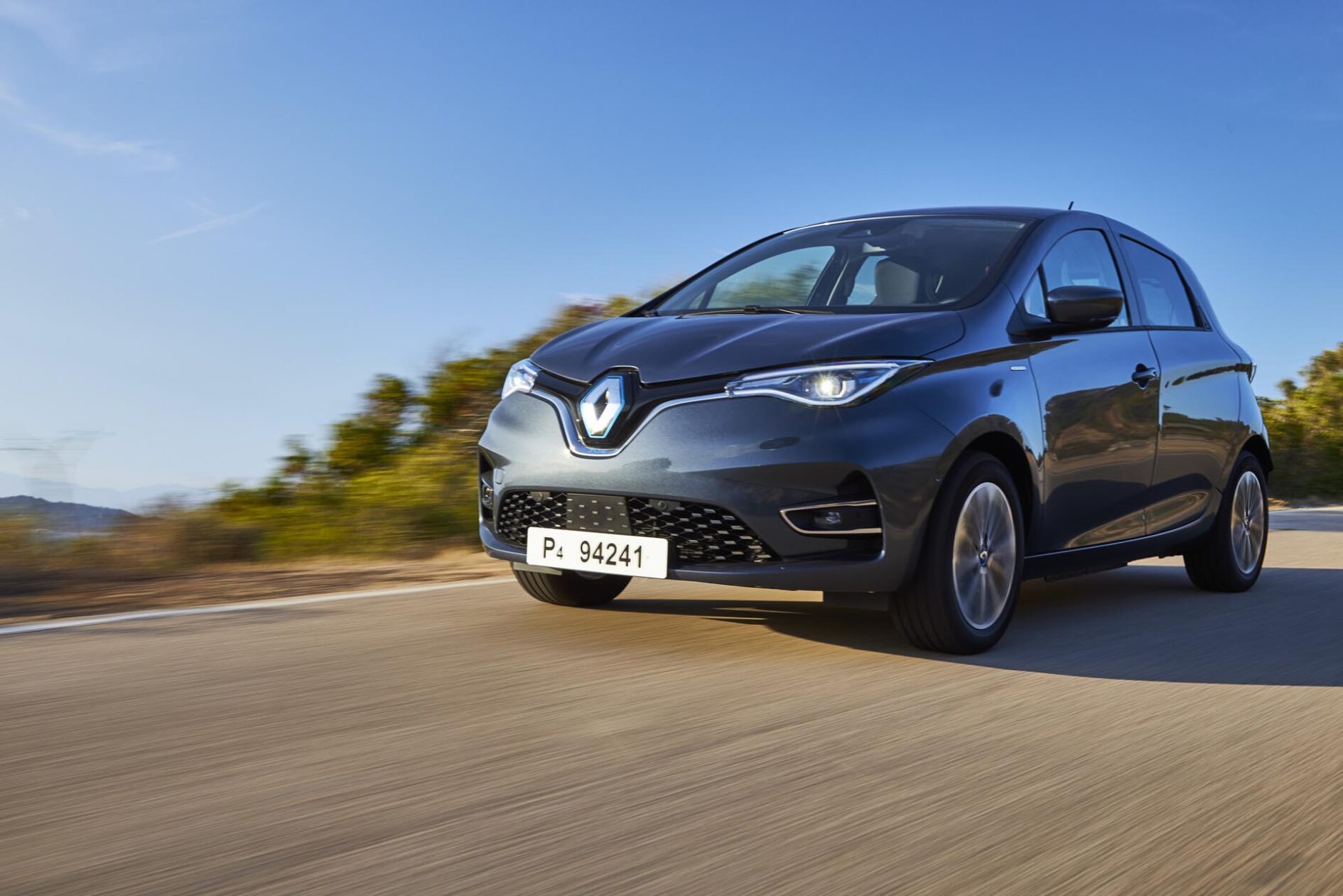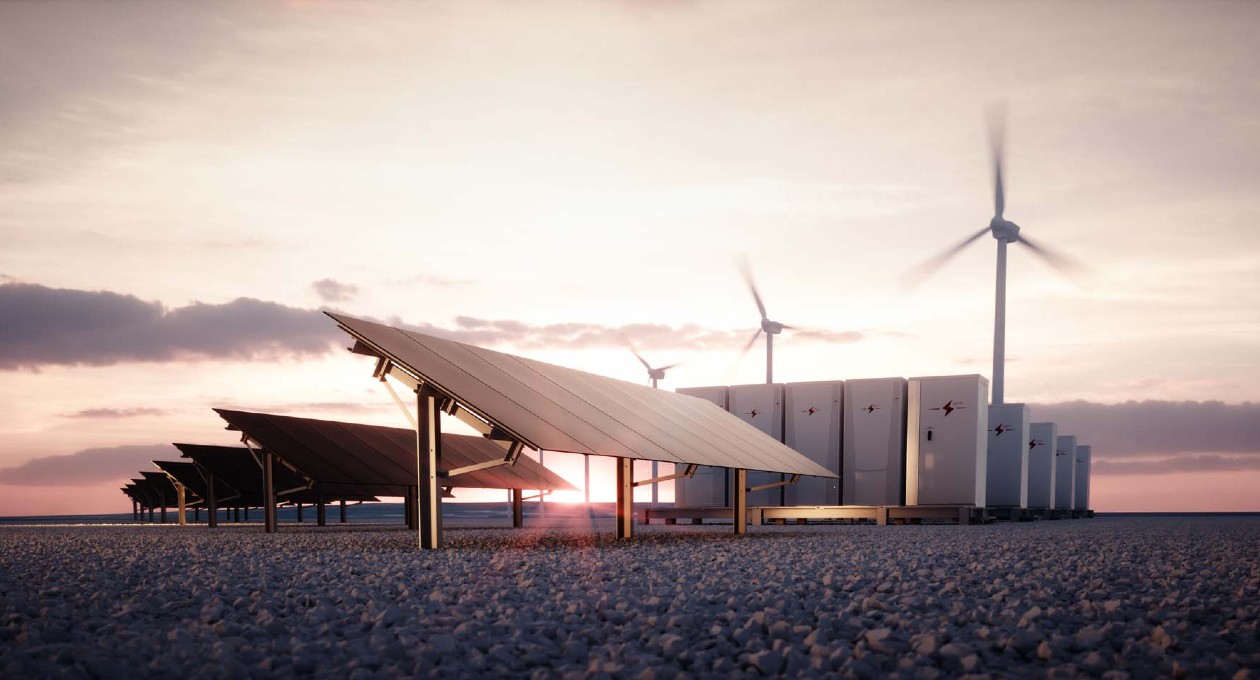

Simple yet powerful motors for durable electric cars
Just a few seconds behind the wheel of an electric car are enough to confirm its dynamism and agility, all in complete silence. Over the years, electric vehicle motors have become more and more efficient and powerful, while also offering an increasingly smooth and enjoyable drive. In the current range, Renault ZOE comes with the R135 motor, offering 100 kW of power (equivalent to 135 hp) and a torque of 245 Nm. This makes it particularly easy to drive on the highway.
To take performance even further, during the most recent Renault eWays mobility forum, Renault gave a glimpse of its future electric powertrain at the heart of Mégane eVision. This show car also benefits from the new CMF-EV platform (“CMF” for Common Module Family and “EV” for Electric Vehicles) which will further optimize the energy efficiency of future models.
The long life of an electric vehicle
Contrary to some popular beliefs about battery degradation, the electric car has an ample lifespan which doesn’t entirely depend on its intrinsic properties.
Batteries: increased longevity
Not to be confused with a battery’s short-term performance (the charging capacity which defines its range), the lifespan of a battery for an electric car, like that of a plug-in hybrid car, depends on numerous variables and how the vehicle is actually used. A pioneer in electric mobility, Groupe Renault estimates the lifespan of its batteries — for automobile use (in other words without counting their reuse in a second life) — at around ten years.
Even beyond its role in an automobile, a battery can have a productive second life before being recycled. Many innovations have proven their worth in stationary electricity storage, such as the Advanced Battery Storage program run by Renault. Automobile batteries can, in fact, supply green electricity to infrastructures, housing, and even electrify the propulsion of certain modes of transport.
Reduced maintenance costs
By its very design, the electric car has fewer mechanical parts and fewer wear parts than a combustion-powered vehicle. Although it requires in-depth engineering and manufacturing expertise, the functioning of an electric motor is relatively straightforward. It is not subject to mechanical friction, or to the exchange of liquid and gas flows, and doesn’t require any emptying or lubricating. Maintaining an electric vehicle is therefore less demanding, breakdowns are rarer, and overall costs are lower.
Added to this reduced cost of repairs, there are also the savings made when recharging compared to a full tank of fuel. Lastly, when purchasing an electric vehicle, there are multiple local and government aids and subsidies available in many countries.
Financial aids for buying electric
Beyond complying with the increasingly strict European standards for energy efficiency in transport, the Coronavirus pandemic is pushing governments to further accelerate their transition to green mobility. Substantial investment plans have been announced in many countries, and the automotive component of these financial measures is directed towards the electric sector. A wide range of tax incentives have been designed to accompany and support the purchase of electric and hybrid vehicles. For example, the German federal government has announced that the ecological bonus will now increase to 9000 euros for electric vehicles with a purchase price of under 40,000 euros. In France, amounts for the ecological and conversion bonuses have been revised upwards, while the United Kingdom has announced that it wants to expand subsidy applicability to taxis, vans and motorcycles, and promote hybrid and electric vehicles, as part of an anticipatory phase before the sale of combustion-powered vehicles is banned in 2030.
There exist further measures: certain governments offer financial incentives for the installation of at-home charging terminals. This is the case in Austria, for example, which has tripled its bonus to 600 euros*.

No CO2 emissions or polluting fumes from the exhaust
Obviously, the electric car does not have the same drawbacks as a combustion engine: no CO2 particles, no hydrocarbons, no fumes, no odor… in short, zero emissions**. It’s even possible to charge a vehicle with 100% renewable energy by choosing a green electricity supplier who can then install a domestic terminal with energy sourced from a solar panel, or on a public charging station that uses renewable energy. This virtuous circle is already a reality on Porto Santo, a real “smart island” aiming for energy self-sufficiency.
Increasing vehicle range
Year after year, the electric car offers increased performance in terms of range and power. And the electric battery offers an undeniable advantage: the possibility of refueling (with electricity!) at home or outdoors whenever parked.
Better-performing batteries
In addition to the convenience of charging at home, charging times are reduced thanks to continuous technological improvements to batteries. As Renault has shown with its alternating or direct current charging on Renault ZOE, manufacturers are constantly seeking to optimize charging methods and times. In addition, mobile apps like MY Renault allow drivers to manage the charging of their car: from finding stations and planning charges to route planning and so on.
In the same spirit of innovation, ambitious and promising research programs are multiplying in Europe and around the world to further increase battery energy density — in other words the ratio between the amount of energy stored and the volume occupied by the battery. The continual optimization of the chemistry and arrangement of modules within the battery are behind this constant progress, as Renault has proven with ZOE’s Z.E. 50 battery.

More, and more powerful, charging stations
As fast charging technology becomes more commonplace, the charging station network also continues to expand. Unprecedented investment programs are underway in the field, with the objective of reaching one million public charging stations in Europe by 2025, and three million by 2030. In France, the government has moved forward the “Objectif 100 000 bornes” (100,000 charging stations objective) to 2021, with signatories committed to rolling out charging infrastructure across the country. “Corridor” initiatives, with fast-charge stations dotted along highways, have been launched, especially in Germany, France and Benelux. With a budget of 3.5 billion euros, the German federal government aims to install every service station with charging points by 2030. The goal is to reach 50,000 stations throughout the country by the end of 2021, and one million stations by 2030. With numerous private networks, the Netherlands is currently top of the class in Europe with, on average, 19 charging points per 100 kilometers of road***.
While capitalizing on its own, unchanged intrinsic qualities, electric mobility is developing every year under the impetus of all those involved: manufacturers, energy sector companies, infrastructure operators, public authorities, etc. In a context where new forms of mobility are on the rise (notably carsharing) and with the tightening of regulations to fight against global warming and reduce urban pollution, the electric vehicle provides very real, and very promising solutions.
* Source: Reuters
** Neither atmospheric emissions of CO2 nor pollutants while driving (excluding wear parts).
*** Statista figures
Copyrights : Renault Italie, LEMAL Jean-Brice




